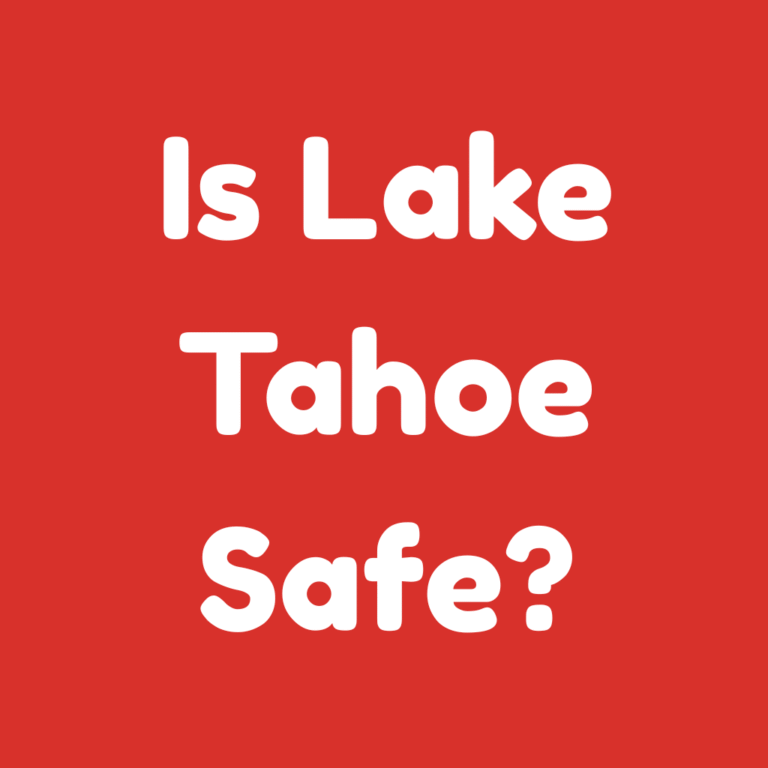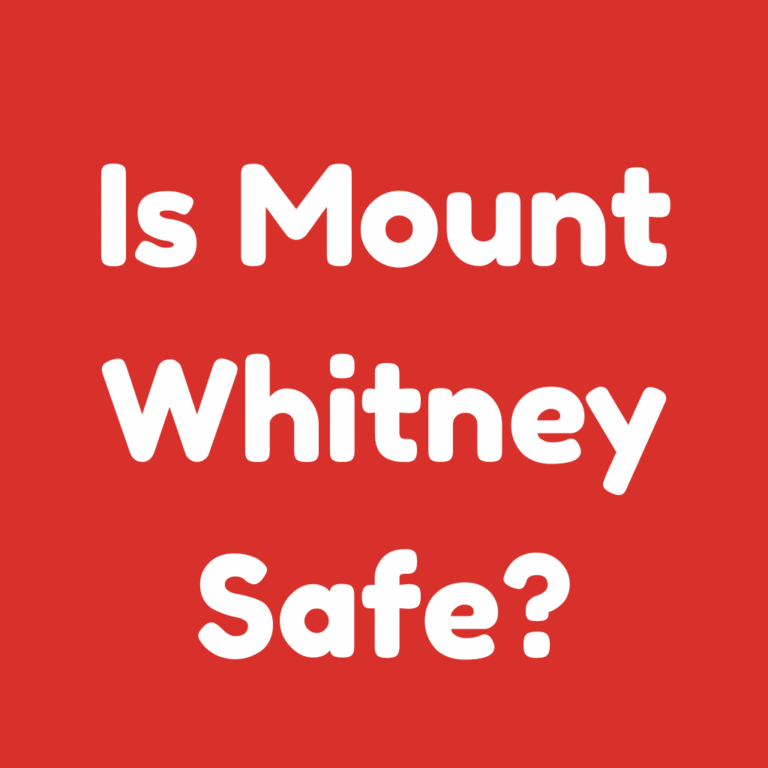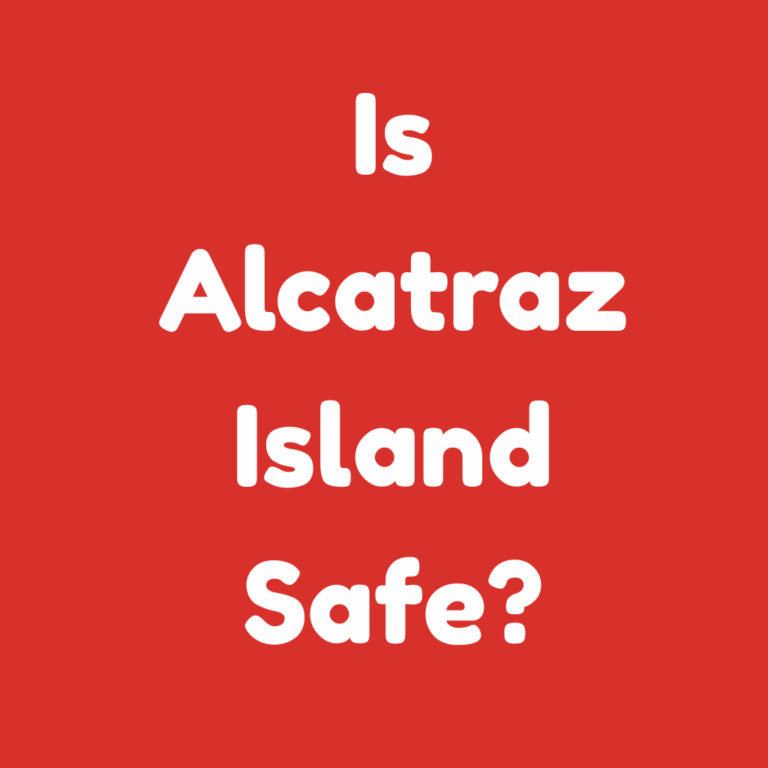Is Point Reyes Safe?
If you’ve ever dreamed of exploring the breathtaking coastal cliffs, lush forests, and stunning wildlife of Northern California, Point Reyes National Seashore is likely on your radar.
Known for its dramatic landscapes and unique coastal environment, this natural wonder draws outdoor enthusiasts, photographers, and nature lovers from all over the world.
But like any travel destination, one of the first questions that pops into your mind is likely, “Is it safe?”
In this blog post, I’ll dive deep into whether Point Reyes is a safe destination to visit. From wildlife encounters to trail hazards and even local safety concerns, we’ll explore everything you need to know to enjoy your visit with peace of mind.
So, let’s get started and find out what makes this majestic spot both thrilling and safe to explore!
Is Point Reyes Safe?
When considering whether a destination is safe, the answer often depends on several factors. Point Reyes offers an incredible array of outdoor adventures, from hiking to camping, kayaking, and wildlife watching.
However, there are certain risks that visitors should be aware of to ensure a safe and enjoyable trip.
But first, let me ask: Have you ever found yourself standing on the edge of a cliff, marveling at the view, yet feeling just a little bit uneasy about the heights? It’s a natural reaction, and it happens to the best of us.
There’s something about being surrounded by nature’s raw beauty that makes us feel both awe-struck and cautious at the same time.
I’ve had my share of moments like that when hiking in Point Reyes, but knowing the potential hazards and preparing properly can make all the difference.
In this post, we’ll break down key safety considerations for Point Reyes, including wildlife encounters, trail safety, and general safety tips to make your visit a stress-free and memorable experience.
The Beauty and Risk of Wildlife Encounters
Point Reyes is a paradise for wildlife lovers. Whether you’re strolling through the coastal grasslands or venturing into the dense forests, there’s a good chance you’ll come across a variety of animals.
Some, like deer, foxes, and birds, are harmless and delightful to observe. But others, such as coyotes, mountain lions, and rattlesnakes, pose potential risks.
While wildlife encounters are a huge part of the allure, it’s important to understand how to stay safe. Here’s what you should know:
Wildlife in Point Reyes
- Deer and Foxes: While generally friendly, it’s best to observe them from a distance. Don’t approach or try to feed them.
- Coyotes: Coyotes are common in Point Reyes, and though they typically avoid humans, it’s essential to keep your distance. They may become aggressive if they feel cornered or threatened.
- Mountain Lions: Although mountain lion sightings are rare, they do exist in Point Reyes. If you spot one, remain calm, make yourself appear larger by raising your arms, and slowly back away.
- Rattlesnakes: They can be found in the warmer months, and while they’re generally non-aggressive, it’s important to stay on marked trails and watch your step to avoid stepping on one.
What to Do:
- Keep a safe distance from all wildlife.
- Never feed animals, as it encourages dangerous behavior.
- Be aware of your surroundings, especially on trails and in dense vegetation.
- If you see a mountain lion or coyote, back away slowly and make noise to let it know you’re human.
Trail Safety and Navigating Point Reyes
Hiking in Point Reyes offers some of the most spectacular views in California, but the terrain can also be rugged and challenging. From coastal bluffs to forested paths, you’ll need to take certain precautions to avoid accidents.
Common Trail Hazards
- Cliffs and Coastal Bluffs: The cliffs that overlook the Pacific Ocean are beautiful, but they can also be dangerous. Keep away from the edge, and always stay behind railings if they’re provided.
- Rocky and Uneven Terrain: Many trails in Point Reyes are rocky and uneven, increasing the likelihood of sprains or twisted ankles. Wear sturdy footwear with ankle support and walk carefully.
- Poison Oak: This toxic plant grows along many trails. Be sure to recognize it and avoid contact by staying on the paths.
Trail Safety Tips:
- Stick to well-marked trails and avoid shortcuts.
- Carry plenty of water to stay hydrated.
- Wear durable hiking boots or shoes with good tread.
- Keep a trail map or download an offline version in case of cell service issues.
- Let someone know your plans, especially if you’re hiking in remote areas.
Safety Tip: Point Reyes is home to some steep trails, so if you’re planning to go on a challenging hike, ensure you’re physically prepared and take it slow.
General Safety Tips for Camping in Point Reyes
If you’re planning to camp in Point Reyes, there are a few specific safety considerations to keep in mind.
Whether you’re camping at one of the established campsites or roughing it in the backcountry, the key to a safe camping experience lies in preparation.
Common Camping Hazards:
- Wildlife Encounters at Campsites: As with hiking, the presence of wildlife around your campsite is a big consideration. Be mindful of food storage to avoid attracting animals like raccoons or bears (yes, there are bears in Point Reyes!).
- Changing Weather: The coastal weather in Point Reyes can change quickly, especially near the water. Always check the weather forecast before heading out, and bring layers for warmth.
- Insects: Depending on the season, mosquitoes and ticks can be a problem. Use insect repellent and wear long sleeves and pants to reduce exposure.
Essential Camping Safety Tips:
- Store food in bear-proof containers or hang it high in trees away from your tent.
- Bring weather-appropriate gear like a waterproof jacket, layers for warmth, and a sturdy tent that can withstand strong winds.
- Pack a first aid kit with essentials like bandages, antiseptic, tweezers, and bug spray.
- Always follow Leave No Trace principles to minimize your environmental impact.
Staying Safe Around Water
Point Reyes National Seashore is home to beautiful beaches and coastal areas, perfect for swimming, kayaking, and enjoying the ocean. However, the sea can also be unpredictable and dangerous.
Water Safety in Point Reyes
- Strong Currents: The Pacific Ocean near Point Reyes is known for strong currents and unpredictable tides. Always check the tide schedule before heading out and avoid swimming if conditions are rough.
- Rip Currents: Rip currents are a serious hazard, particularly on some of the more remote beaches. If you’re caught in one, remain calm, swim parallel to the shore, and signal for help if needed.
Water Safety Tips:
- Always swim in designated swimming areas where lifeguards are present, if available.
- Avoid swimming alone.
- Wear a lifejacket when kayaking or canoeing.
- Learn basic ocean rescue techniques if you plan on engaging in water sports.
Table: Key Safety Tips for a Visit to Point Reyes
| Safety Concern | Precaution | Example |
| Wildlife Encounters | Stay at least 100 yards from large animals | Do not approach or feed coyotes |
| Trail Safety | Wear sturdy shoes and stay on marked paths | Avoid walking close to cliff edges |
| Camping Hazards | Store food in secure containers | Use bear-proof lockers or hang food high |
| Water Safety | Check tides and avoid swimming alone | Swim only at designated safe beaches |
Common Mistakes to Avoid
While visiting Point Reyes is generally safe, there are several common mistakes that can put you at risk. Here are some of the top things to avoid:
- Underestimating the Weather: The coastal fog and winds can be cold even in summer. Be sure to pack accordingly.
- Not Planning Ahead: Point Reyes is remote, so don’t rely on cell service. Plan your route, carry a map, and let someone know your itinerary.
- Ignoring Safety Signs: If you see signs warning of steep cliffs, dangerous tides, or wildlife, heed them. These signs are there to protect you.
- Feeding Wildlife: It’s tempting to feed the animals, but doing so can lead to dangerous interactions and make animals more aggressive.
Conclusion: Is Point Reyes Safe?
In summary, Point Reyes is a beautiful and relatively safe destination, but like any outdoor adventure, it requires preparation and awareness.
By taking the necessary precautions whether it’s handling wildlife encounters with caution, staying on safe trails, or respecting the ocean’s power you can ensure a memorable and safe visit.
If you’ve been thinking about hiking or camping in Point Reyes, I say go for it! Just make sure to stay informed, follow the tips in this guide, and you’ll be all set for an unforgettable experience.
Have you visited Point Reyes before? Share your experiences and any safety tips you found helpful in the comments below. Or, if you’re planning a trip, let me know what you’re most excited to explore!
Frequently Asked Questions (FAQs)
1. Is Point Reyes National Seashore safe for hiking?
Yes, Point Reyes is safe for hiking, but it’s important to stay on marked trails, wear proper footwear, and keep an eye out for potential hazards such as uneven terrain and wildlife. Always be aware of your surroundings and take necessary precautions, like carrying enough water and a map.
2. Are there dangerous animals in Point Reyes?
Yes, Point Reyes is home to wildlife like coyotes, mountain lions, and rattlesnakes. While these animals typically avoid humans, it’s essential to keep a safe distance. Never feed wildlife, and if you encounter a coyote or mountain lion, back away slowly and make yourself appear larger.
3. Can I swim in the ocean at Point Reyes?
Swimming in the ocean at Point Reyes can be dangerous due to strong currents and rip tides. Always check the tide schedule and weather conditions before entering the water. Swim only in designated safe areas, and be cautious of the ocean’s unpredictability.
4. Is camping safe in Point Reyes?
Camping in Point Reyes is generally safe, but there are a few risks to be aware of, such as wildlife encounters, weather changes, and insects. To stay safe, store your food in bear-proof containers, bring appropriate clothing for all weather conditions, and follow Leave No Trace principles.







